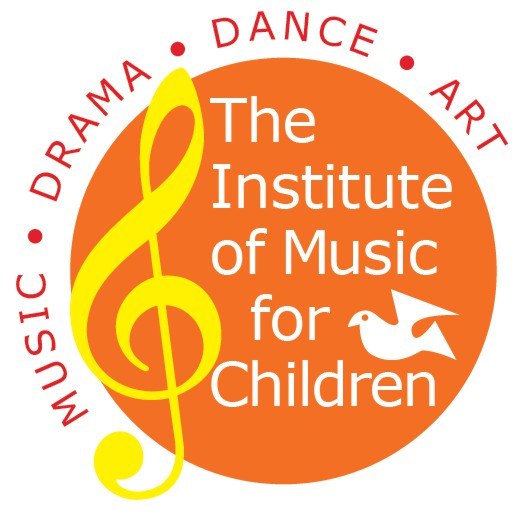OUR BLOG
ART: Healing, Accountability, and Understanding
July 1, 2021

https://www.nytimes.com/2021/05/20/arts/juneteenth-galveston.html
This past month of June we celebrated Juneteenth, a memorial and celebration of African Americans in Texas finally being granted freedom from enslavement. Due to the limited amount of Union Soldiers serving in Texas, Abraham Lincoln’s 1862 Emancipation Proclamation was enforced years later. It was only until the year of 1865, that enslaved African Americans were informed of their newly granted freedom.
Celebrating Juneteenth is a celebration of African American freedom from chains. Although these bondages were technically lifted with Lincoln’s legislation, it is extremely important—more necessary—to understand the ways in which this country is still plagued by its racist history, and where the change needs to occur. This is where many communities and artists of color have turned to the arts to not only educate, but to also help people emotionally connect to the issues that face marginalized groups in this country and abroad.
This month of June, a 5,000 square-foot mural, entitled “Absolute Equality”, was created in Galveston—the same spot where General Gordon Granger issued the infamous orders of freedom for more than 250,000 enslaved African Americans in Texas. The name for the beautiful and moving piece is drawn from the specific words used in the official signed order that ended slavery in Texas. The mural not only includes a word-for-word copy of the entire order on the bottom, but also the story of the first nonnative slave who arrived in the territory in 1528. The mural also includes images of then-President Lincoln, the infamous hero Harriet Tubman, as well as soldiers from the United States Colored Troops.
The mural also features an educational and community engagement piece through the hosting of a spoken word poetry contest for middle and high school students and undergraduates in the Houston area. The students’ poetry is meant to highlight their personal meaning of “absolute equality”. Visitors can also learn more from just using their phones to scan over parts of the mural. Samuel Collins III, a historian and co-chairman of The Juneteenth Legacy Project, commented on the artwork, “This is more than just a mural — it’s more than just paint on the wall. I think this corner has been transformed into an outdoor classroom.” (NYT)
At the Institute, we believe in the transformative powers of the arts because we can see it firsthand every day. Art provides people with the space to communicate and confront their feelings and ideas. Art has the undeniable power to give language to words that are hard to speak and to encourage a dialogue that seeks to heal the most marginalized communities. Art has the means to inspire us, not only through education, but on an emotional level—to visually depict conditions in which marginalized communities live, their struggles, and their own efforts to find solutions. Just like history, the arts provide us as a society the opportunity to confront and learn from the past. The psychological effects from racism and violence force many communities of color to deal with the burden of history—burdens that increasingly way heavy from one generation to the next. Art has the power to create a space for healing as well as understanding.
Investing in arts education is an investment in communities that do not have a space to be heard. It also is an investment in social change. With the anniversary of Juneteenth this past month, I wanted to look at ways in which communities were memorializing this poignant holiday through various art forms. Funding for art projects like the Juneteenth "Absolute Equality" Mural in Texas has the means to inspire new audiences and present new perspectives. Investing in art projects that highlight marginalized experiences is an investment in social change. The more we invest in these types of projects, the more we invest in spaces for healing, accountability, and understanding.
